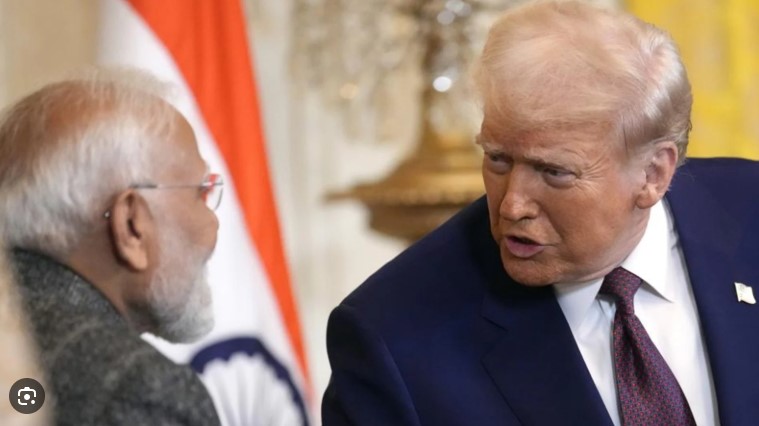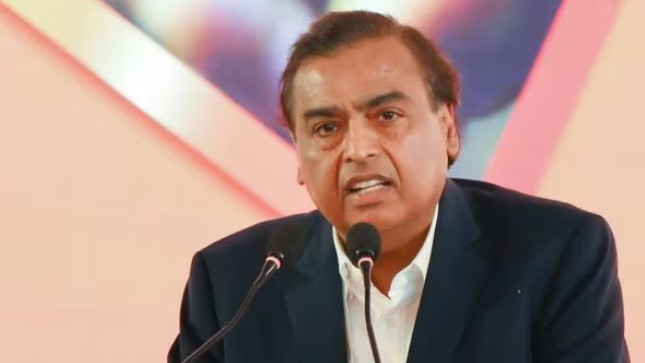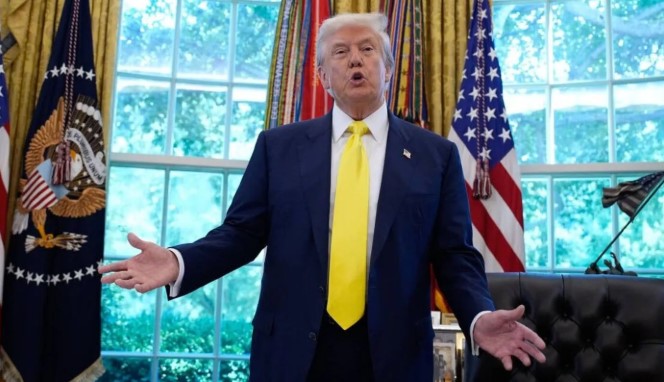India GDP Impact from US Tariffs: A Looming Economic Challenge
India is staring down a potential economic setback as the India GDP impact from US tariffs becomes a pressing concern. With President Donald Trump announcing a steep 50% tariff hike on Indian goods in retaliation for India’s continued purchase of Russian oil, economists warn that the move could shave off up to 1% from India’s GDP growth. This development threatens to derail the country’s economic momentum and poses serious challenges for exporters, policymakers, and small businesses alike.
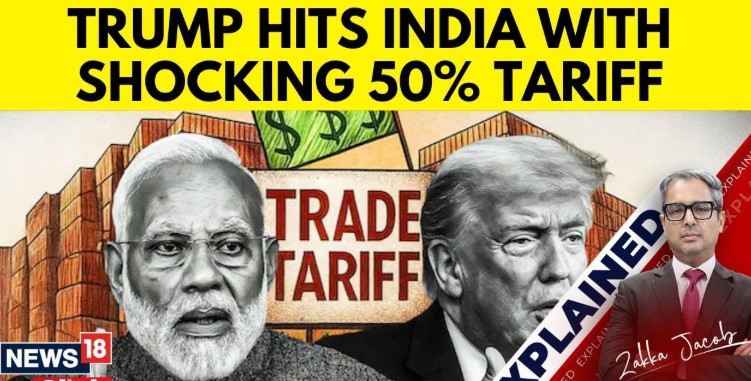
Tariff Shock: What’s at Stake
The new tariffs, set to take effect in 21 days, could drastically reduce India’s competitiveness in the US market — its largest export destination. Bloomberg Economics estimates that outbound shipments to the US could drop by as much as 60%, translating to a direct GDP loss of around 1%. The Reserve Bank of India (RBI) had projected a 6.5% growth rate for fiscal 2026, but this forecast now faces significant downside risks
Morgan Stanley’s analysis paints an even grimmer picture. If the full 50% tariff is applied across all Indian exports, the direct impact could be 60 basis points, with indirect effects pushing the total GDP hit to 1.2 percentage points. Even if only two-thirds of exports are affected, the combined loss could still reach 0.8%
Table of Contents
Toggle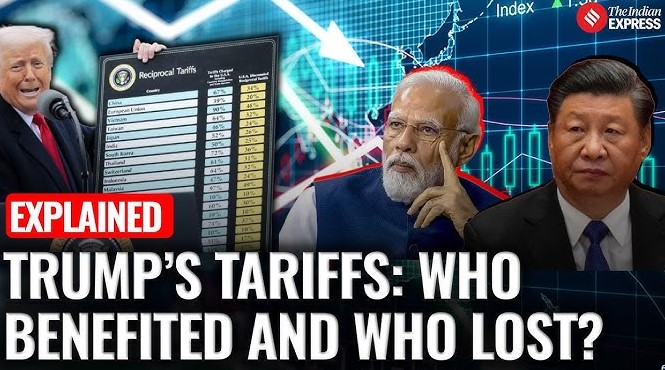
Sectors in the Crosshairs
The brunt of the damage is expected to fall on labour-intensive industries such as: - Textiles and garments - Footwear - Gems and jewellery - Pharmaceuticals - Electronics - Auto components - MSMEs (Micro, Small and Medium Enterprises)
These sectors, already grappling with global headwinds, may find it economically unviable to continue exporting to the US. Ajay Srivastava of the Global Trade Research Initiative warns that Indian goods could become 40–50% costlier, pricing them out of the American market entirely.
Voices from the Ground
Sonal Badhan, Economics Specialist at Bank of Baroda, noted that the initial 25% tariff hike was expected to impact GDP growth by 0.2%. With the additional 25% now announced, the total impact could range between 0.2–0.4%, depending on future negotiations. She emphasized that sectors with low margins and limited value addition are especially vulnerable.
Citigroup’s Samiran Chakraborty echoed similar concerns, stating that exports could become “economically unviable.” He also warned of ripple effects on both current and capital account flows, potentially exacerbating pressure on the rupee, which is already hovering near record lows.
Government Response and Strategic Pivot
India’s government has condemned the US move as “unfair and unjustified,” pointing out that other nations also continue to import Russian oil. Dammu Ravi, Secretary for Economic Relations, stated that India will explore alternative markets such as South Asia, Africa, and Latin America to offset the losses.
While this pivot could offer some relief, analysts caution that it will take time to build new trade relationships and infrastructure. In the short term, policy support will be crucial to cushion the blow.
Policy Levers: What Can Be Done?
To mitigate the India GDP impact from US tariffs, economists suggest a multi-pronged approach:
– Monetary Easing: Morgan Stanley expects the RBI to cut interest rates by up to 75 basis points, including 50 bps more than currently planned, to stimulate domestic demand.
– Fiscal Expansion: The government may need to slow down fiscal consolidation and ramp up public investment to offset export losses.
– Trade Diversification: Accelerating trade agreements with emerging markets could help reduce dependency on the US.
Nomura economists Sonal Varma and Aurodeep Nandi likened the 50% tariff to a “trade embargo,” warning of a sudden halt in affected exports. They stressed that small and medium enterprises, which form the backbone of India’s export ecosystem, may struggle to survive without immediate support.
Global Implications
This tariff escalation also raises broader questions about global trade dynamics. With geopolitical tensions influencing economic decisions, countries like India must navigate a complex landscape where strategic autonomy and economic interests often collide.
The move by the US could set a precedent, prompting other nations to reconsider their trade policies. For India, the challenge lies in balancing its energy needs with its export ambitions, all while maintaining diplomatic relations with key partners.
Conclusion: Navigating the Storm
The India GDP impact from US tariffs is not just a short-term hiccup — it’s a wake-up call for policymakers, exporters, and economists. While the full extent of the damage will depend on negotiations and policy responses, the current trajectory suggests a significant slowdown in growth if corrective measures are not taken swiftly.
India must act decisively to protect its economic interests, diversify its trade portfolio, and support vulnerable sectors. The coming months will be critical in determining whether the country can weather this storm or face a prolonged period of economic turbulence.
H3N2 Flu in Delhi: Symptoms, Risks, and Recovery Guide
The outbreak of H3N2 flu in Delhi has raised serious health concerns across the national capital. Hospitals have issued alerts, urging citizens …
PM Modi on Trump Tariffs: India’s Growth Continues Despite Economic Selfishness
Prime Minister Narendra Modi took what appeared to be a subtle dig at the Trump tariffs on India, saying the Indian economy …
Reliance Industries’ FMCG Arm Expands into Herbal-Natural Beverages Biz
Reliance Industries' FMCG Arm Taps Herbal Drinks Market, marking a major step in the company’s strategy to diversify and strengthen its consumer …
Trump Slams Goldman Sachs CEO Over ‘Bad Prediction’ on Tariff Impact
Trump slams Goldman Sachs CEO David Solomon over what he described as a “bad prediction” about the impact of his tariff policies, …
Nayara Energy Sues Microsoft Over Service Suspension Linked to Rosneft and EU Sanctions
In a major corporate and legal standoff, Nayara Energy sues Microsoft over the abrupt suspension of services allegedly linked to European Union …
Google Pixel 10 Launch Set for August 20 in New York: Foldable Phone, Tensor G5 Chip, and More Expected
Google Pixel 10 launch is officially set for August 20 in New York, where the tech giant will unveil its latest Pixel …


